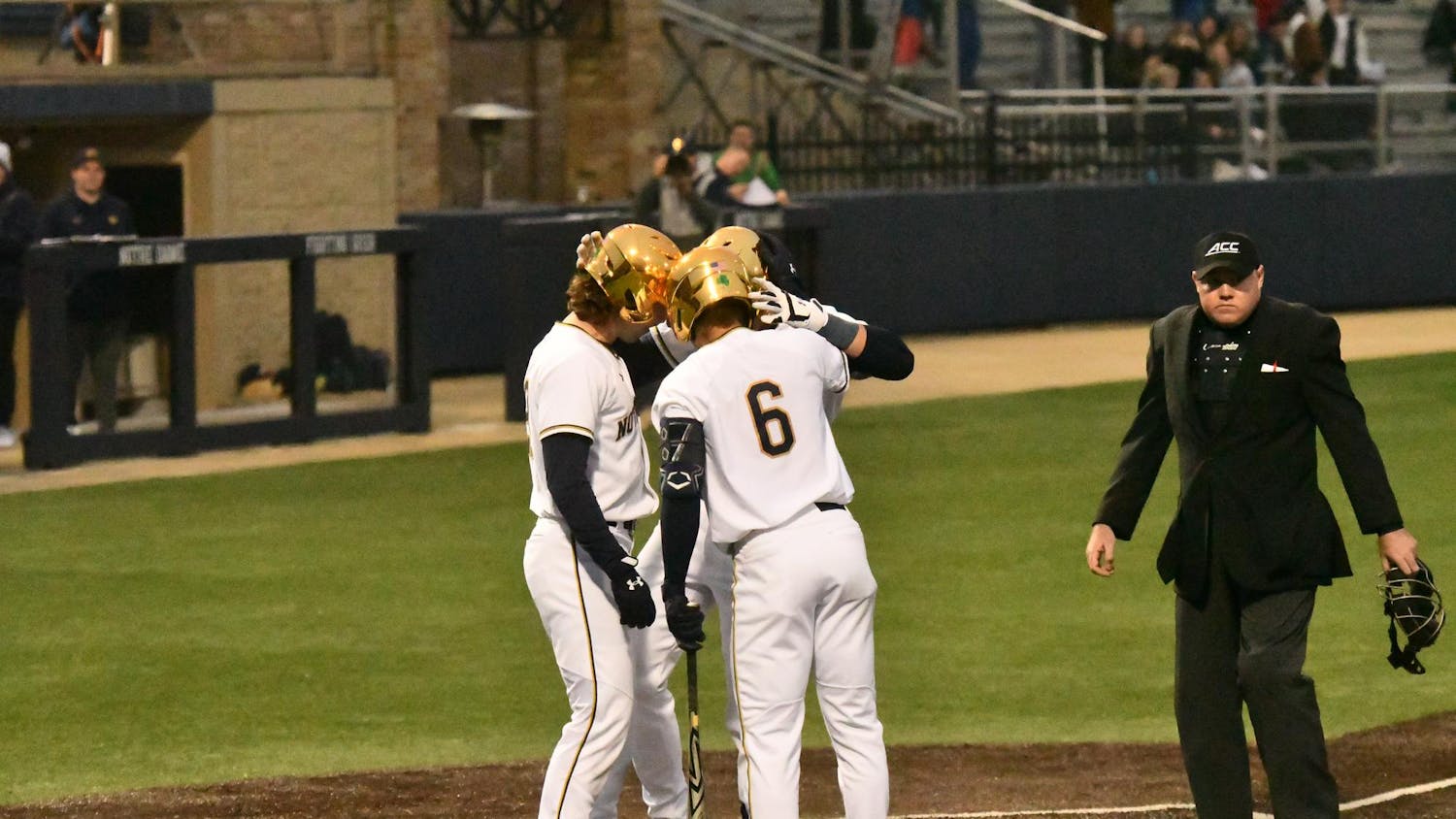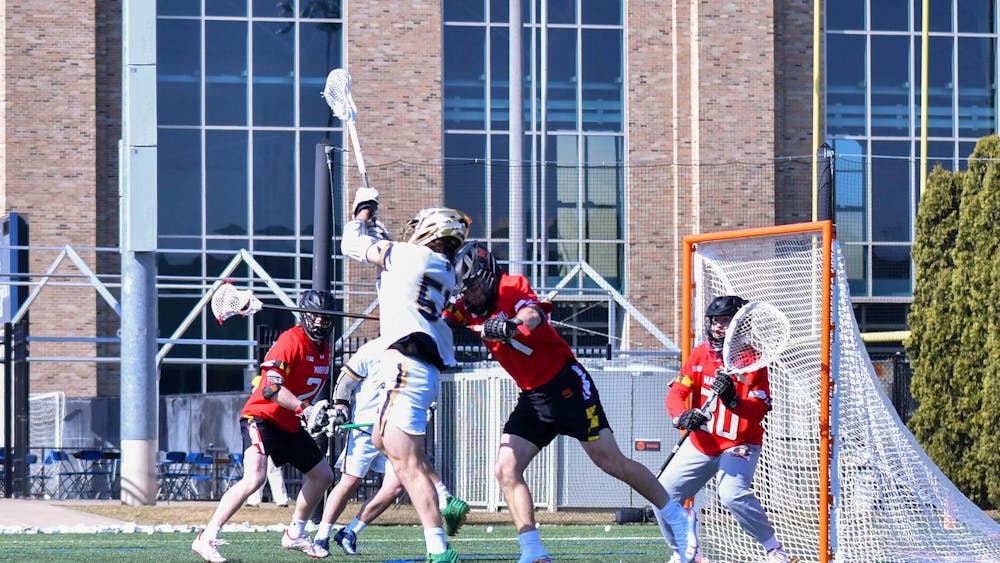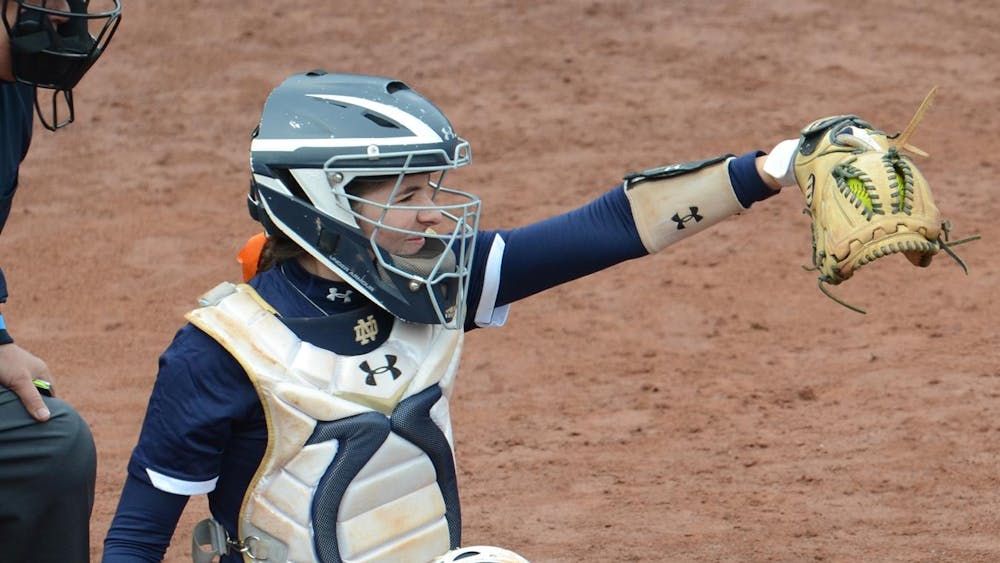Editor’s Note: This is the seventh in a 10-part series discussing the best rivalry in sports. In this installment, Vicky Jacobsen argues for Argentina-Brazil soccer. Join the discussion on Twitter by using #BestRivalry.
Don’t get me wrong. I love a good, old-fashioned American rivalry. As a dedicated Red Sox fan, I was raised to believe that “Yankee” was a dirty word. I have no personal loyalty to North Carolina, but I will drop everything to cheer for the Tar Heels when they play the dastardly Duke Blue Devils. And I attended high school with enough rabid Redskins fans to know that there are plenty of people — especially around our nation’s capital — who vehemently deny that the Cowboys are “America’s team.”
But if we are being honest, declaring any singular intercollegiate or regional rivalry the best in sports is rather provincial. To find truly fitting recipients of this title, we must look to the world’s most popular sport, played by two of the game’s most successful national sides, represented by two of the greatest players of all time. We should look south — way south.
We should look to Brazil and Argentina.
To date, there have been 95 meetings in the “Battle of the South Americans” (the soccer version, that is), and the results have been remarkably even — 36 wins for the Argentines, 35 for the Brazilians, and 24 draws (or something like that. The exact figures vary depending on whether you ask the Argentine or Brazilian governing bodies.) This year will mark the 100th anniversary of their first meeting on the pitch, and since then the two South American superpowers have collected a combined seven World Cup titles (two for Argentina, five for Brazil), two Olympic gold medals (both by Argentina) and 22 Copa América trophies (14 for the Argentinians, eight for the Brazilians.)
It is natural for two competitors with such distinguished histories to develop a professional, respectful rivalry — for an American parallel, just take a look at Tom Brady and Peyton Manning. But the relationship between the two South American giants has been decidedly more adversarial. As the story goes, during the 1937 iteration of the tournament now called the Copa América (then the South American Championship), verbal confrontations on the field escalated, and the crowd in Buenos Aires began to taunt Brazilian players with racial epithets. Brazilian players decided to leave the “jogo da vergonha” (the “shame game”) before the match was officially over.
Two years later, the Argentines returned the favor during a game in Rio de Janeiro. A referee awarded the Brazilians a penalty, and Argentina’s Arcadio Lopez verbally attacked the official and had to be hauled away by police. The Brazilians made the penalty kick and won the game, possibly because the entire Argentine team, including the goalie, left the pitch with Lopez.
In 1945 and 1946, successive incidents of rough play and broken legs led to an on-pitch brawl with police in the South American Championship final (noticing a pattern here?), and the crowd spilled onto the field before the matter could be settled. Argentina went on to win, 2-0, and the two teams did not play for the next 10 years.
The accusations continue to fly to this day. In the 1982 World Cup, Argentine legend Diego Maradona received a straight red card when he kicked Brazil’s João Batista, presumably out of pure frustration (Brazil won, 3-1, in their meeting in the Group Stage.) The last time the two teams met in the World Cup, in 1990, Brazil’s Branco accused the Argentine training staff of giving him a water bottle spiked with tranquilizers. (Argentina coach Carlos Bilardo says the “Holy Water Scandal” never took place, and Branco’s main evidence was that he was suddenly drowsy and had trouble keeping up with Maradona.)
Football fans around the world —and in Brazil and Argentina in particular — like to debate the merits of Brazilian great Pelé and the aforementioned Maradona. Pelé, whose career stretched from the 1950s into the 1970s, was a part of three World Cup-winning squads and scored 1,281 goals, 77 for his national side. He played 1,363 games, more than twice as many as Maradona’s 589. About 20 years later, against a more advanced field of competitors, Maradona scored 34 goals for his national team, winning one World Cup.
But what more could you expect from two next-door neighbors who happen to be home to some of the world’s most dedicated soccer fans? And with the World Cup headed to Brazil this summer, we could be in for some more fireworks.
Let’s just hope they stay on the pitch.
Contact Vicky Jacobsen at vjacobse@nd.edu
The views expressed in this Sports Authority column are those of the author and not necessarily those of The Observer.













